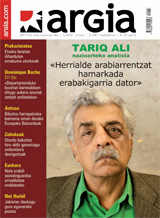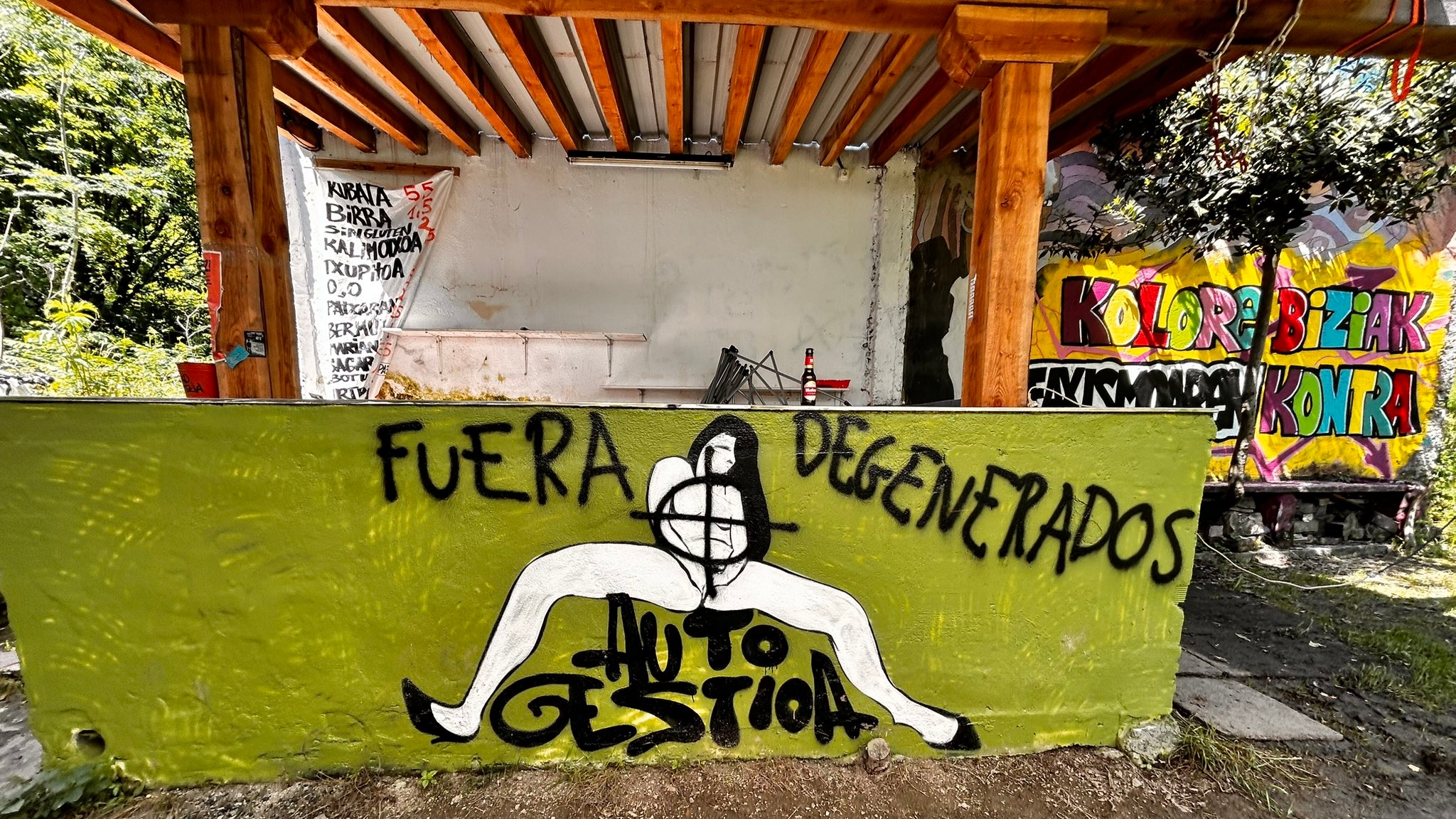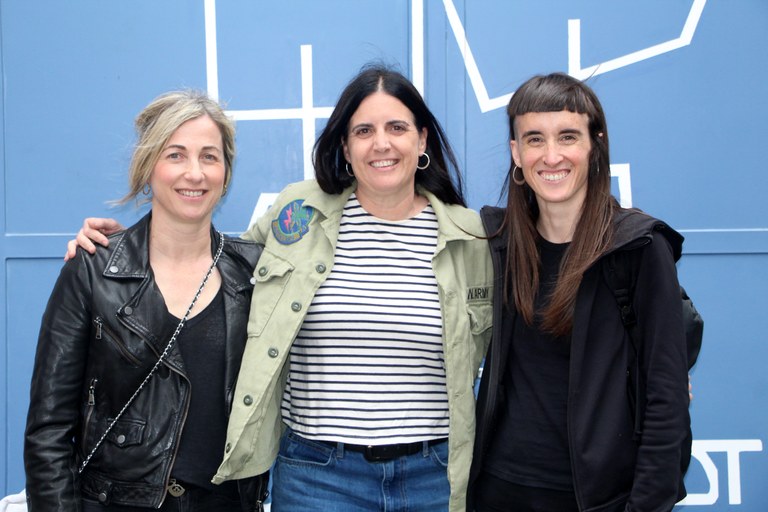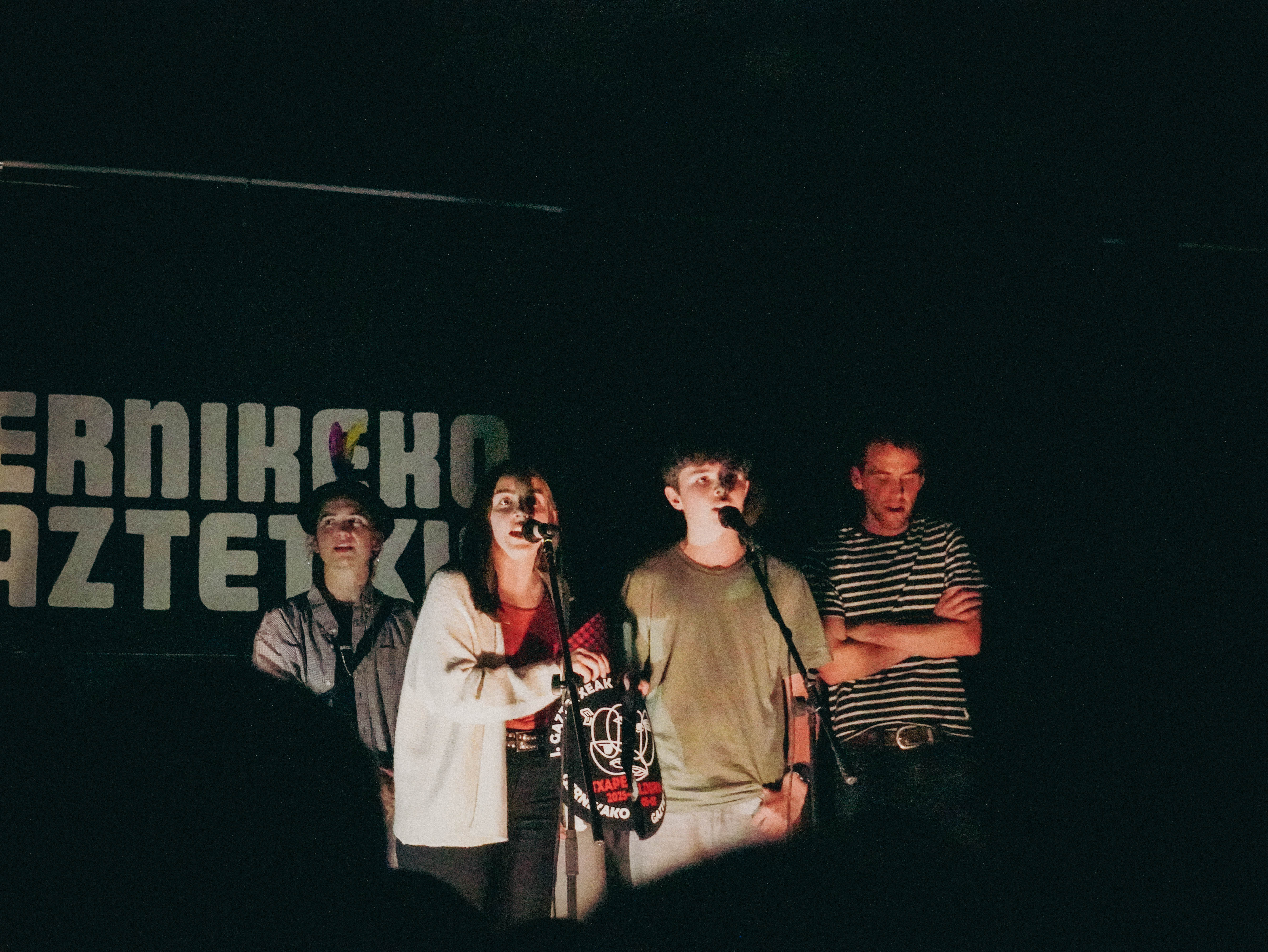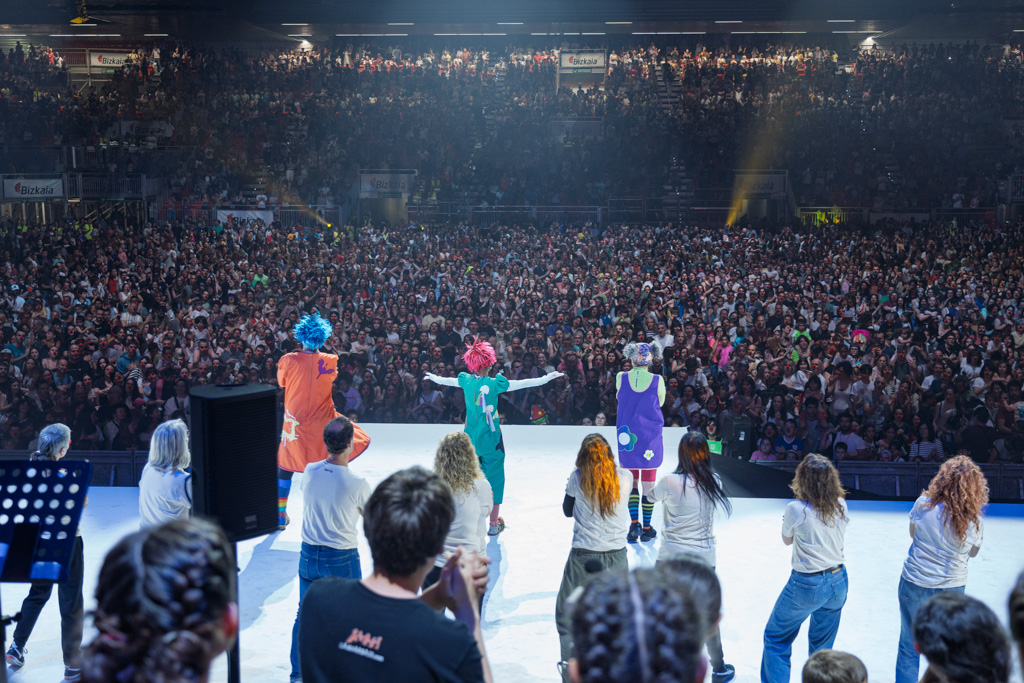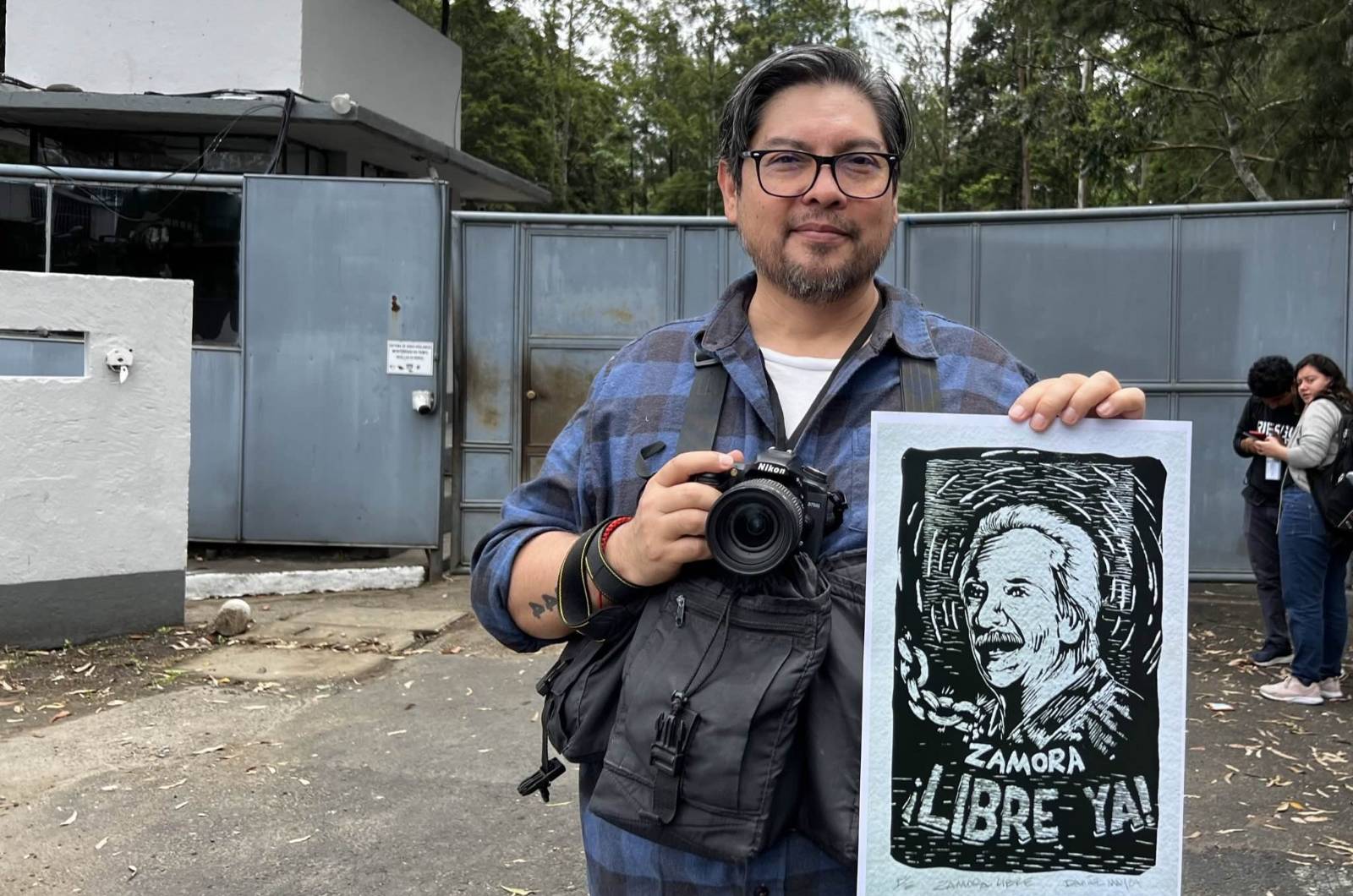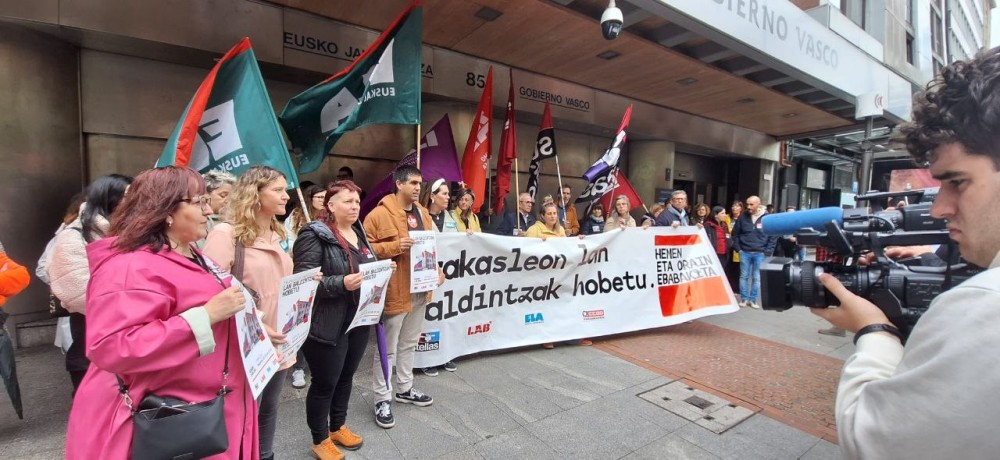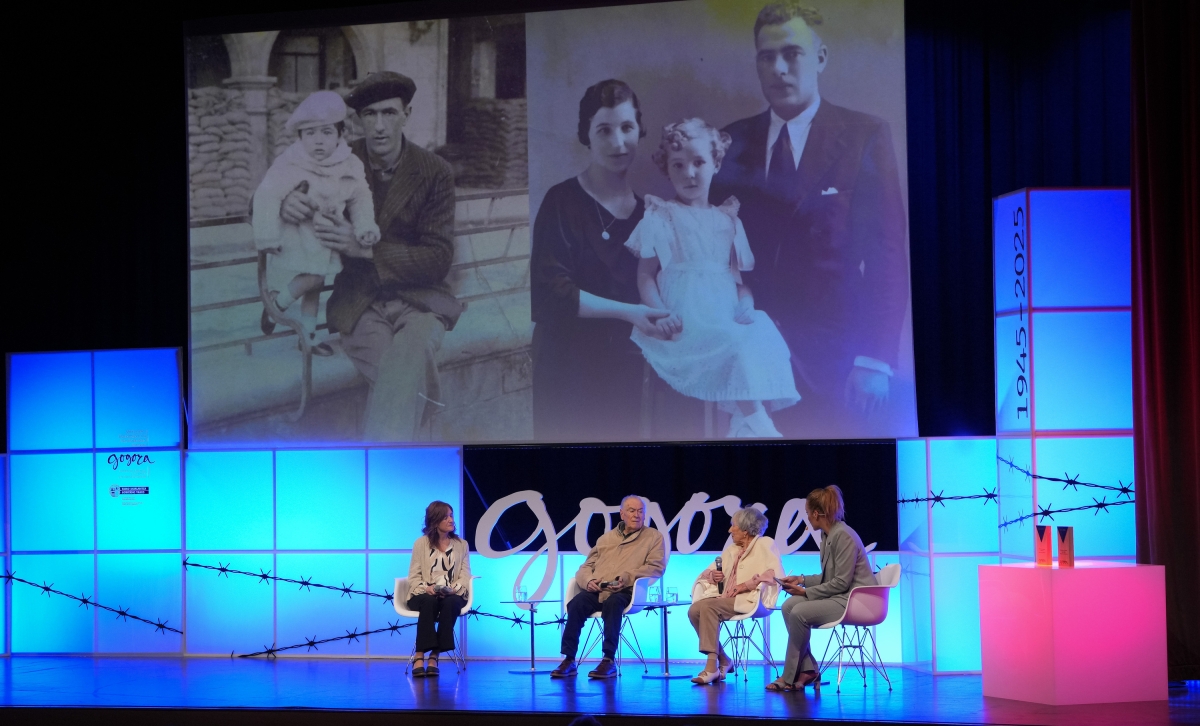As long as Kabana is a Basque...
- The young people of Santa Gracia are the donors of the masquerade this year. This task was last assigned to the Santagrazos in 1994; will it be assigned again in the future? The statements of the President of Sainte-Grazi, Laurent Chübürü, cast doubt on this. Is it the thermometer of the whole Zubero Santa Grazi?
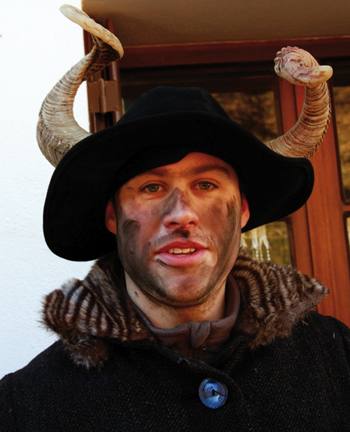
Due to the loss of Basque in the town, this could be the last time Santa Grazi gives the masquerade. This is what Laurent Chübürük said in January when he presented this year’s masquerade calendar. The population of the small town attached to the Pyrenees has been reduced from 500 inhabitants 40 years ago to 200 today. The Basque language has retreated in the same way as the population. In 1968, 95 out of every 100 Basques were Basques; in 2011, the transmission chain has few eyes to break, and in school it is only French.
In Santa Grazi few young people know Basque, which compromises the masquerade, according to Chübürü. Masquerade is more than dance. Because the speaking parts are the soul of the masquerade. The Pherediküa of the Kabana, the constant flow of cautions, the speech of the king of the Buhaums, the conversation of the master of the Querest and Pitxu... These are all in Basque.
But Zubero is reversing the Basque language all over, not just in Santa Grazi. Is the masquerade in danger? With this question we have gone to some who know well the reality of the country and we have found more optimism than in Chübürür, even if no one defends that the situation is tender. “The fact that we can’t organize the masquerade as easily as we want is not a matter of the moment,” says Titika Rekalt of Boca de Xibero, “because Santa Gracia is not a special case, it belongs to most people.” The difference this year is that, for Rekalt, someone has dared to say it publicly. He's optimistic, anyway, Rekalt. “The 19th century. Even in the 19th century, they said that the pastorals would not last another 50 years...”
Masked, symptom and weapon at the same time
Jean Bordaxar is the president of the Sohüta school and a fine acquaintance of Zubero-American culture. He also spoke to us with optimism: “The danger mentioned by Chübürük is in all villages, but I am optimistic.” For Bordaxar, the masquerade first shows the flakiness of the Basque language, but it is also a weapon to stimulate the Basque language. “Thanks to the masquerade, many people become aware of the need to learn Basque and teach their children.” The Sohüta Ikastola is a unique watchtower for measuring adherence to the Basque language, and what you see from there leads Bordaxar to be optimistic: “More and more young people with children are now considering Basque. In five or ten years, these children will give the masks in their villages.”
On the other hand, Titika Rekalt would like to remember that the masquerade can be lived with fewer Basques, as it has been possible to live with fewer boys. “You can always find a modus vivendi. This year’s Kabana, for example, has her mother from Santa Gracia, her father from Barkox and she lives in Garindain. Perhaps there will be masks not with the children of the village, but with the invitation of the people here and there. And in the end, masquerading requires only four Basques: Kabana, Pitxu, Lord of the Bohemians and Master of the Quarrels.”
Even the listeners, let's not forget.
“We rehearsed, we showed it to the boys, we were there when they needed help for the grill, but then we never danced in the square or even crossed our mind.” Oihane Auzmendi Iturbe (Legazpiia, 1977) is a dancer of the dance group Roots, but for years he did not have the... [+]
In 2025, at least one journalist was murdered in Guatemala and another disappeared. It is dangerous to do journalistic work in this country, and so has Reporters Without Borders, in the World Press Freedom Classification 2025, published on May 2. Guatemala ranks 138th out of 180... [+]









